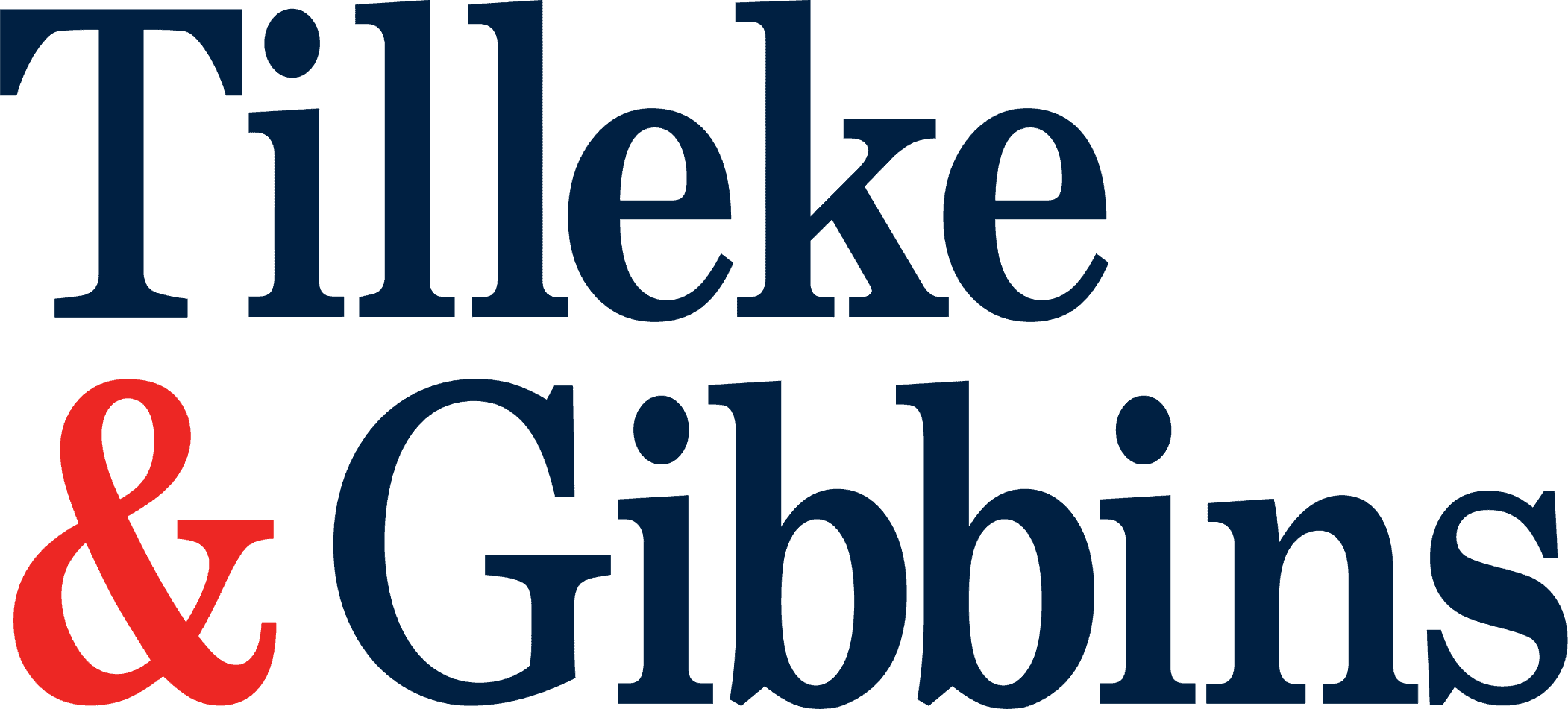
Businesses in Thailand, particularly manufacturers, have used workers employed as subcontractors through agreements with third parties to meet fluctuating demand, reduce labor costs, and otherwise benefit from the flexibility that subcontracted employees provide.
However, the addition of Section 11/1 of the Labor Protection Act (LPA) in 2008 and its interpretation by the Supreme Court in 2012 makes a number of significant changes to Thailand’s labor law that may expose employers using subcontractors to liability. The following article explains the current law and looks at situations where employers are likely to incur liability under Section 11/1. The goal is to raise employer awareness and thereby reduce the risk of liability resulting from subcontracted employees.
LPA Section 11/1
The LPA generally provides strong protection to employees in Thailand. Enacted in 1998, it sets the standards and employee benefit rules with which employers must comply, including those related to minimum wage, working hours, overtime pay, etc. Employer violations of the LPA carry both civil and criminal penalties, and employees have ample access to the labor courts.
Within a few years of the LPA being enacted, the Labor Ministry found that businesses were using subcontractor agreements to avoid their obligations under the Act. The ministry viewed this as an abuse resulting in an inequality between the wages and benefits of regular and subcontracted employees. In 2008, parliament amended the LPA to include Section 11/1 in an attempt to clearly define the obligations of businesses using subcontracted employees. Its aim was to protect subcontracted employees who do the same work as regular employees, where such jobs were part of the “production process or business” of the company.
LPA Section 11/1 states:
“Where an operator authorizes a person to provide personnel to work, which is not a job placement business, and such work is part of the production process or business under the responsibility of the operator, and whether or not such person will supervise the performance of work or be responsible for payment of wages to those who do such work, the operator shall be deemed the employer of those engaged to do such work.
The operator shall arrange for an employee hired for a wage who works in the same manner as an employee under a direct employment contract to, without discrimination, receive fair rights, benefits, and welfare.”
Although the addition of Section 11/1 appeared to be a clear call to businesses to change their practices, many may not have been aware of the amendment or may have believed that the benefits they provided to subcontracted employees were already “fair.”
Whatever the reason, they continued to provide different benefits and welfare to subcontracted employees, resulting in the filing of lawsuits for violations of Section 11/1. The LPA sets forth criminal liability in the form of a fine not exceeding THB 100,000 for violations of this section.
Case Study
The following example may help to clarify Section 11/1 and an employer’s obligations:
A vehicle manufacturer operating a production facility in Thailand produces each vehicle using multiple production processes. All of the processes are essential to the production of the vehicle and are thus considered part of the “production process or business” of the company. The company provides its regular employees with a Cost of Living Adjustment, a food allowance, and a transport allowance.
If this company hires a subcontractor to provide employees to work in any stage of the production, and the work is the same as that performed by its regular employees, then the subcontracted employees will be deemed employees of the company for the purposes of Section 11/1. Thus, the company must provide “fair rights, welfare, and benefits” to all subcontracted employees, without discrimination. But what does “fair” mean?
Fair Rights, Welfare, and Benefits
In 2012, the Supreme Court faced such a case. In that case, the company provided what it believed to be “fair” rights, welfare, and benefits to the subcontracted employees, but which were actually significantly less than those provided to its regular employees.
The Supreme Court ruled that the company, in order to comply with Section 11/1, must pay its subcontracted employees the same benefits and welfare as it did to its regular employees. In other words, “fair” means the “same” when it comes to providing benefits to subcontracted employees.
In conclusion, the Supreme Court’s interpretation of Section 11/1 means that subcontracted employees can no longer be used as a method for reducing labor costs, and employers utilizing subcontracted employees must be aware of their obligations in order to avoid potential claims in the future.
